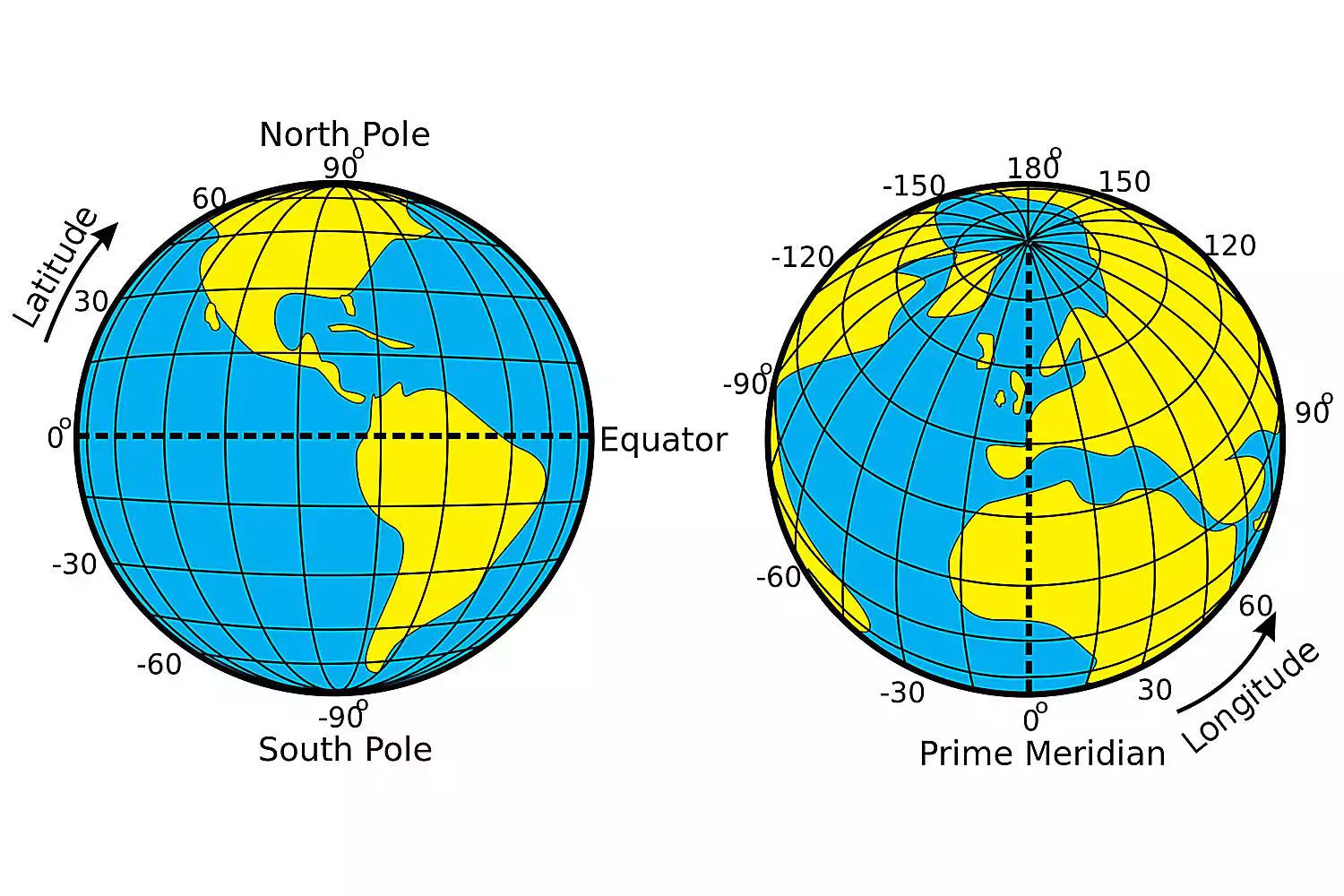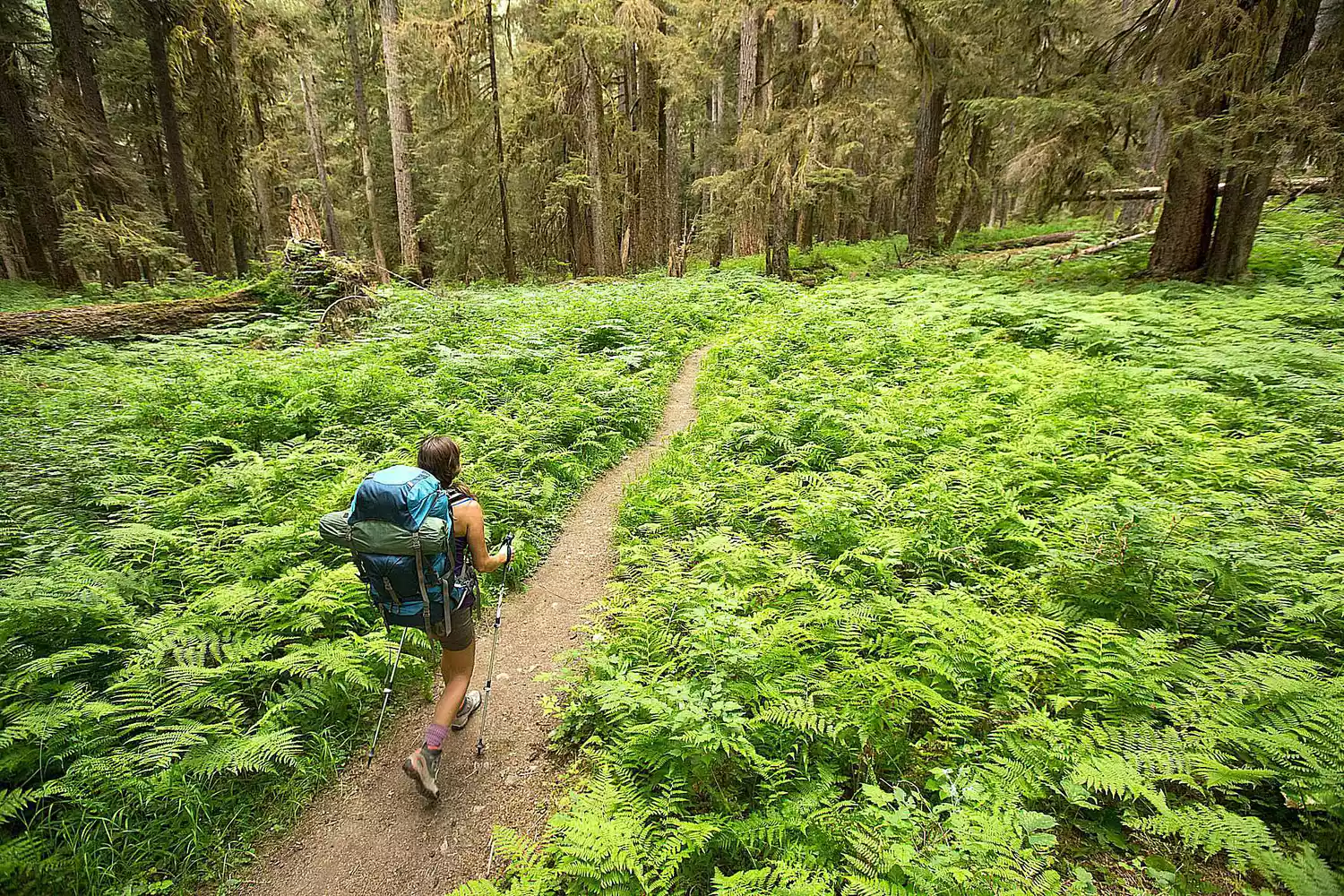Preparing for the Geography Bee

JupiterImages/Getty Images
The Geography Bee, more properly known as the National Geographic Bee, begins at the local level and winners work their way to the final competition in Washington D.C.
The Geography Bee begins in schools with students from fourth through eighth grade across the United States in December and January. Each school Geography Bee champion takes a written test upon winning the Bee in their school. One hundred school winners from each state proceed to the State Level Finals in April, based on their scores on a written test scored by the National Geographic Society.
The Geography Bee winner in each state and territory proceeds to the National Geographic Bee in Washington D.C. for a two-day competition in May. On the first day, the 55 state and territory (District of Columbia, the Virgin Islands, Puerto Rico, the Pacific Territories, and the overseas U.S. Department of Defense schools) winners are narrowed to a field of ten finalists. The ten finalists compete on day two and the winner is announced and wins a college scholarship.
Prepping Yourself for the Bee
What follows are tips and techniques to help you prepare for the National Geographic Bee (formerly called the National Geography Bee but since the National Geographic Society is the organizer, they decided to change the name).
Start with a world map, globe, and atlas and become very familiar with the continents, countries, states and provinces, islands, and major physical features of our planet. Use Outline Maps of the world and continents to test yourself on this information. Knowing the relative location of countries, islands, major water bodies, and major physical features is very important for the Bee. Be sure to also have a good understanding of where the major lines of latitude and longitude lie. Take as many practice quizzes as possible. There are hundreds of multiple-choice Geography Quizzes that will definitely help. National Geographic offers a daily GeoBee Quiz online. Be sure to use an atlas to look up or understand the questions that you've missed. Prepare flashcards or use some other technique to memorize the capitals of the countries of the world and the capitals of the fifty United States. Memorize these Basic Earth Facts, the Highest, Lowest, and Deepest points around the world, and study other geographic superlatives. Read the newspaper and news magazines to learn about geography and to stay up-to-date with major news events happening around the world. Some Bee questions come from the geography of current events and these events are usually those that occur in the latter portion of the year before the Bee. Look up any unfamiliar place names you encounter in an atlas. Knowing principal languages, currencies, religions, and former country names is definitely a bonus. It's most important at state and national levels. This information is best obtained from the CIA World Factbook. Become familiar with the terms and concepts of Physical Geography. If you can review the glossary and key concepts of physical geography from a college-level physical geography textbook, do so!In the 1999 state finals, there was a difficult round devoted to exotic species but each question's answer was the choice between two places so having a good geographical knowledge would have been the easiest way to win the round.









